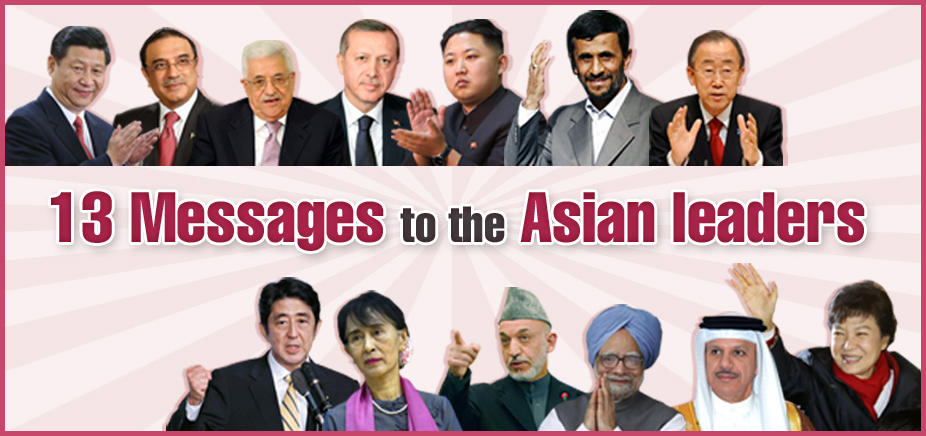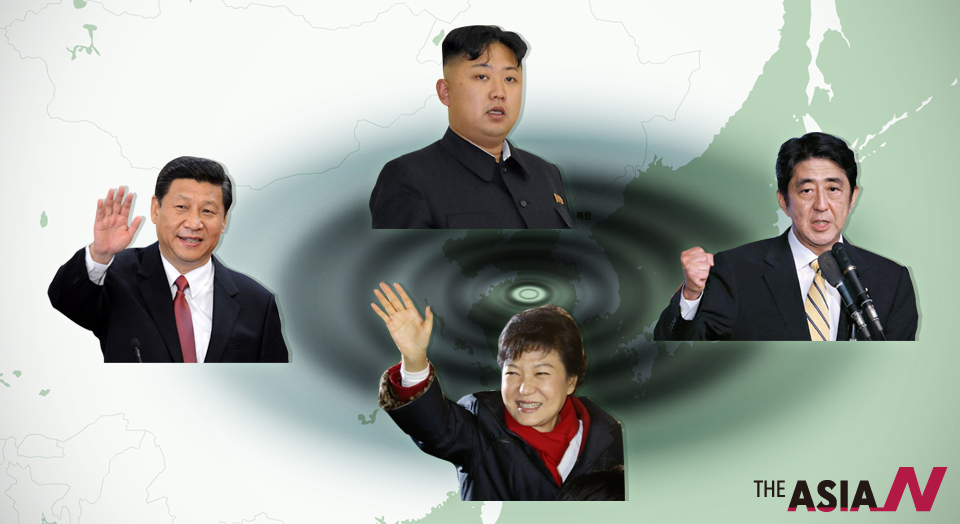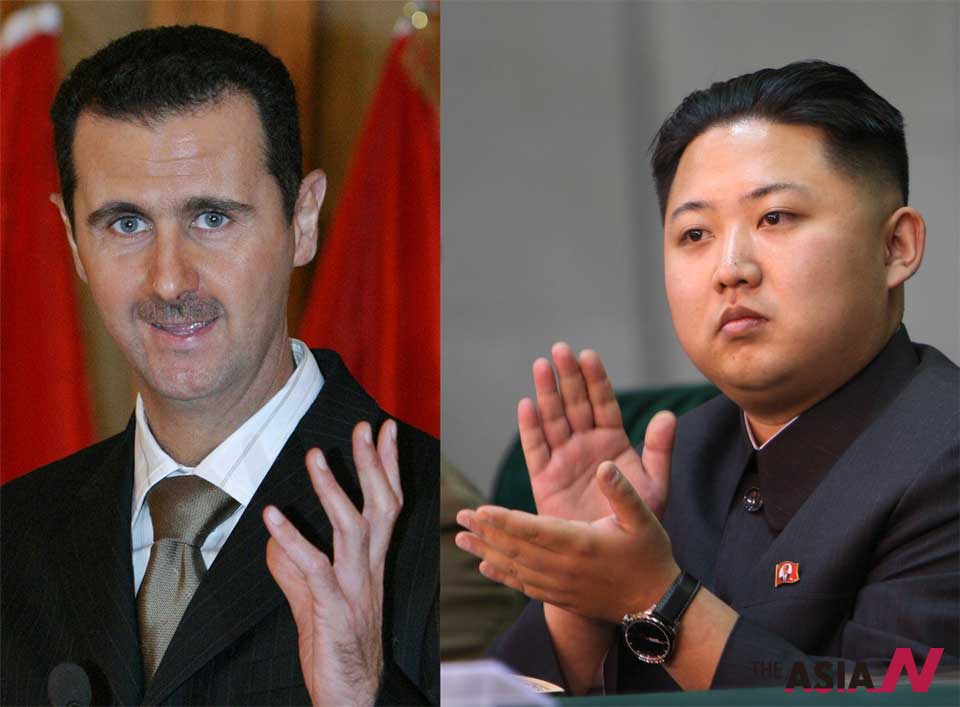[Nuclear Symposium] The Future of Nuclear Energy in Middle East
On June 27, 1954, the USSR’s Obninsk Nuclear Power Plant became the world’s first nuclear power plant to generate electricity for a power grid, and produced around 5 megawatts of electric power. 2 years later the world witnessed the first large-scale nuclear power station opened at Calder Hall in Cumbria, England. Since then, there has been an argument on obtaining and using the nuclear power, or not. And this mind struggle was not only in the Middle East, but in the whole world.
In 1973, the Middle East oil crisis – when Arab countries producing oil unified their efforts as a weapon in the war against those who stand with the occupying state of Israel – had a significant effect on countries, such as France and Japan, which had relied more heavily on oil for electric generation to invest in nuclear power. So for 2 decades they and other countries invested a lot in that field, but the crisis generated by the disasters happening when those nuclear plants go under damage of human or nature catastrophe, such as what happened in Chernobyl (in the ex-Soviet Union) and Japan, forced other countries – such as Germany – to decide abandon the use of that energy, according to a near future plan.
The advantages of using such power are encouraging, as nuclear power costs about the same as coal, so it’s not expensive to make. It does not produce smoke or carbon dioxide, so it does not contribute to the greenhouse effect. It produces huge amounts of energy from small amounts of fuel. And it produces small amounts of waste. So it is considered very reliable and needed.
On the other side, those who stand against the use of such power have their disadvantages. Although not much waste is produced, it is very, very dangerous. It must be sealed up and buried for many years to allow the radioactivity to die away. A lot of money has to be spent on safety – if it does go wrong, a nuclear accident can be a major disaster.
The nuclear dream was a paper shown to relate the governing authorities in the region with science, technology, and progress. Also it shows the political muscles for opponents.
For Kuwait, as an example, the country’s interest in nuclear power began 4 years ago, when Kuwait announced plans to invest in nuclear to preserve its oil reserves. Kuwaiti officials signed agreements with the United States, France and Russia, all leading nuclear power producers, to boost bilateral cooperation in developing an indigenous civilian atomic energy infrastructure, and build 4 plants by 2022. But Fukushima incident resulted in the public questioning the necessity of building nuclear power plants in oil-rich Kuwait. Accordingly Kuwait has decided to abandon civilian nuclear power production (March 2011).
For my opinion, it is too early to have a range of nuclear power plants in the region, for these reasons:
• This region is still having the future resources for power generated by the vast amounts of oil and gas.
• The solar power is the other best alternative available for the countries in the region according to many aspects.
• The nuclear power plants need generations of scientists and atmosphere of science, that is not available enough so far in the region.
We need to 2 procedures of mapping the past and present, to be able to map the future. Such studies of real advantages and disadvantages must be considered again and again, if we really want to establish future peaceful nuclear power plants.
*This material is part of those announced in the 2012 International AJA Forum held last October under the title of the role of news media to sustain the effect of 2012 Seoul Nuclear Security Summit. The forum was supported by the Korea Press Foundation.
























